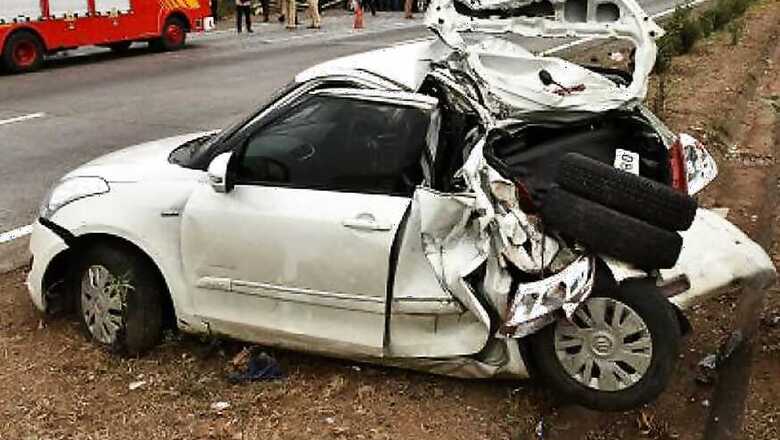
views
In an attempt to bring down injuries and deaths due to road accidents, the Arvind Kejriwal-led Delhi government has launched the 'Zero Fatality Corridor' to examine the cause for accidents and crashes on the stretch between Burari Chowk and Bhalswa chowk, located on the outer ring road. The initiative is to be run in partnership with SaveLIFE Foundation, a leading road safety non-profit organization. It was launched by Delhi's transport minister Kailash Gahlot and officials say that the activity was in tune with the Delhi government's plan of reducing fatalities because of road accidents by 30 percent before 2020.
"Delhi witnessed 1,691 road crash fatalities last year and our government is trying to change that by adopting a new approach to tackle this pandemic. Through the 'Zero Fatality Corridor' pilot project our aim is to reduce the fatalities to near zero levels on this particular stretch. After evaluating the impact of the initiative, we will replicate the model in other parts of the city." Gahlot said.
The stretch of road selected for the project is three kilometers long and is considered one of the most dangerous areas when it comes to accidents and fatalities, resulting in almost 67 deaths in 2016 and 2017. It has four black spots which include Burari Chowk, Bhalswa Chowk, Jahangirpuri Bus Stand and Mukundpur chowk.
Piyush Tewari, founder, and CEO, SaveLIFE Foundation, said, "Delhi govt is demonstrating exemplary leadership and political will to make Delhi's roads safe for all. Our partnership, in addition to reducing road crash deaths, aims to create a replicable partnership model for government and non-government organizations to collaborate on key issues affecting citizens in our country."
According to Delhi Traffic Police data, almost 1690 people lost their lives and another 6086 were wounded or injured in 6515 road accidents in 2018. Save LIFE Foundation's ZFC model of non-profit has been known to reduce accidents by almost 30 percent on the Mumbai-Pune Expressway. The model includes an intervention on may levels which involves road-user engagement, emergency care, police enforcement, and road engineering.

















Comments
0 comment